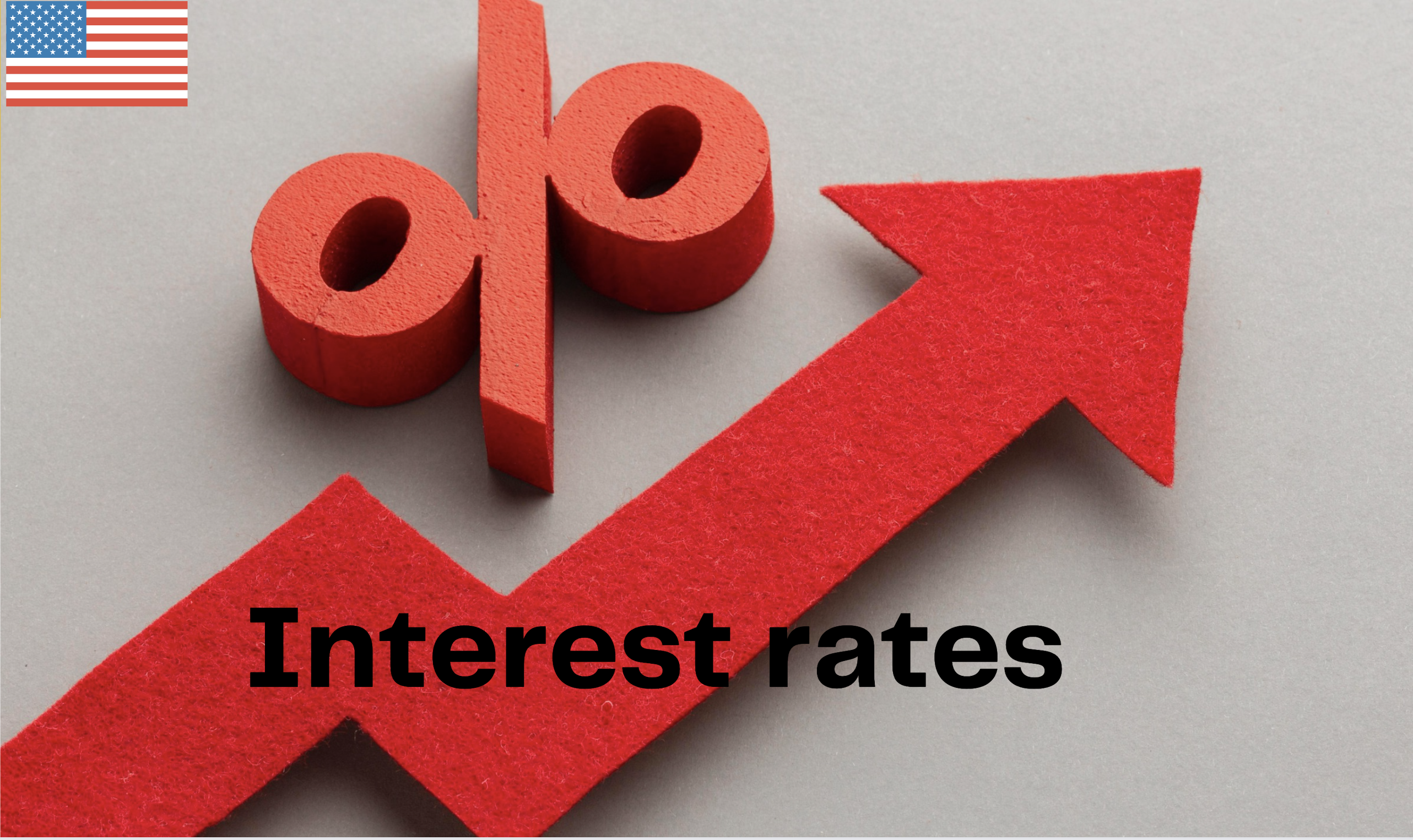How does this affect us individuals and the economy as a whole?
In their most recent meeting today, the Fed increased the key interest rate or the federal funds rate by 0.25%. Until their next meeting, the target federal funds rate range will be between 4.5% to 4.75% compared to the previous level of 4.25%-4.5%.

But what is the Federal funds rate and why does it matter to us?
- It is the short-term interest rate that commercial banks pay or earn to maintain their required reserves. Commercial banks can borrow from other banks overnight (if they fall short of required reserves) or lend the extra money to other banks overnight (if they have more than the required reserves).
- The Federal open market committee (FOMC) sets this target federal funds rate range in their meetings after looking at the overall economic data on prices and the job market. They meet 8 times in a calendar year.
- Then the Fed uses its monetary tool – interest on reserve balance to steer the Federal funds rate in its target range.
- This federal funds rate is critical because it affects all the short-term rates such as those on mortgages, car loans, and credit cards, basically, the interest rates you and I care about.
- The federal funds rate also has an impact on the stock market because investors keep a close eye on the Fed announcements to predict how the economy will likely perform in the coming months.
This is the key rate through which Fed controls inflation and unemployment level in an economy.
So now, hopefully, you understand why this rate is essential.
Why did Fed raise the interest rate by 0.25%?
Coming back to today’s news, Fed raised this rate again to control inflation. This rate hike was expected because the Fed has been raising the interest rate since mid of 2022 to control inflation.
It is important to note that this rate hike is smaller than the previous hikes. Last year, Fed was very aggressively raising interest rates by 0.75% or 75 basis points and 0.5% or 50 basis points.
This is because inflation, though, still above the Fed’s target rate of 2%, is now rising at a lower rate than last year and the Fed’s tight monetary policy is working.
“Inflation has eased somewhat but remains elevated,” the Fed noted in their press release. The current year-on-year inflation rate in December 2022 from the BLS report is 6.5%.
The Fed restated today that they would keep raising this key interest rate until inflation comes back to their goal of 2%.
The FOMC seeks to achieve maximum employment and a long-term inflation rate of 2 percent.
What is inflation and what caused it in 2022?
Inflation happens when the prices of everyday items we consume rise over time. It happens because of demand and supply imbalance.

While some inflation is normal if it is at a level that is noticeably visible to everyone, it becomes a cause of concern. This is because your dollar loses its purchasing power.
In 2022, the United States and many other countries in the world experienced really high inflation from their average level. This was because of supply chain issues and Russia Ukraine war.
Some people even blamed the Biden government for giving too much money into people’s hands through stimulus checks. People thought the American rescue plan, was meant to give economic support to people who lost their jobs, but people got their purchasing power back and thus the demand for everyday items didn’t slow down.
However, this demand was not matched by the supply because of shipping constraints. The United States imports a large number of everyday items from China. But because of China’s zero COVID policy, there were many supply chain bottlenecks.
Thus, overall, the demand for goods and services in the economy exceeded the supply of the same and therefore the prices of many items rose.
Additionally, the Russia-Ukraine war caused the price of oil to go up globally, as the price of oil is set in the international market supply and demand forces.
So how does interest rate affect inflation?
The Fed has tried to cool the economy by taking tight monetary measures. These measures aim to reduce money circulating in the economy by raising interest rates.
When the Fed raises the Federal funds rate, it’s indirectly increasing short-term borrowing costs in the economy. This makes everyday loans such as auto, home, credit cards, and education more expensive.
Once the cost of borrowing increases, people buy less of goods and services, and businesses borrow less for expansion and hire fewer people. Both of these will slowly bring the total demand for goods and services down to its optimal level and inflation gets under control ultimately.

